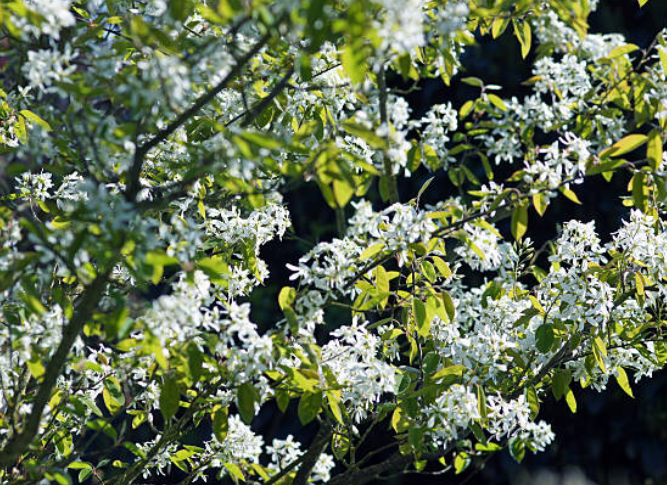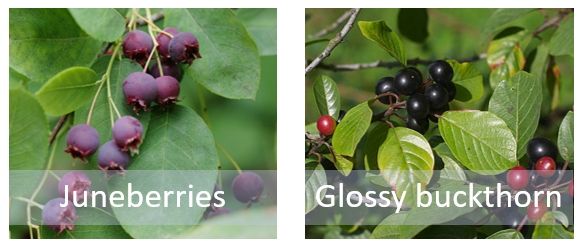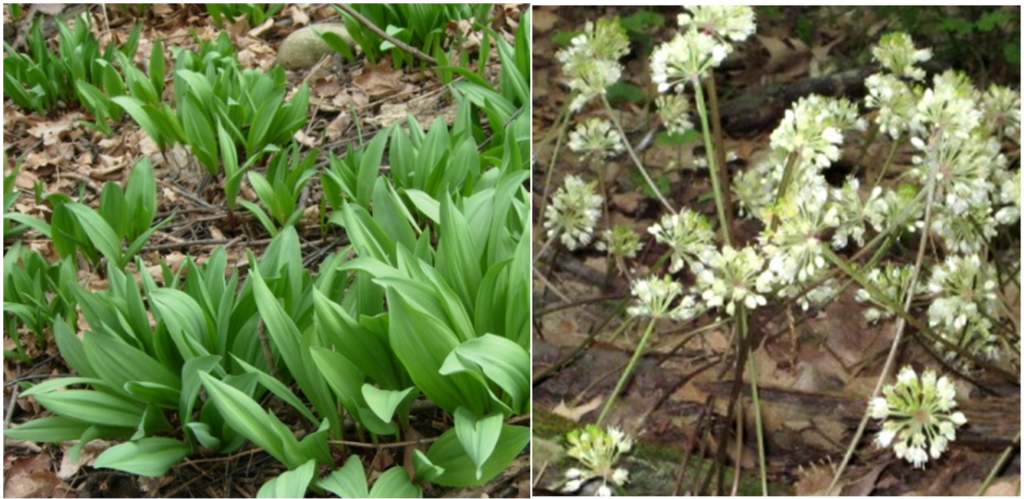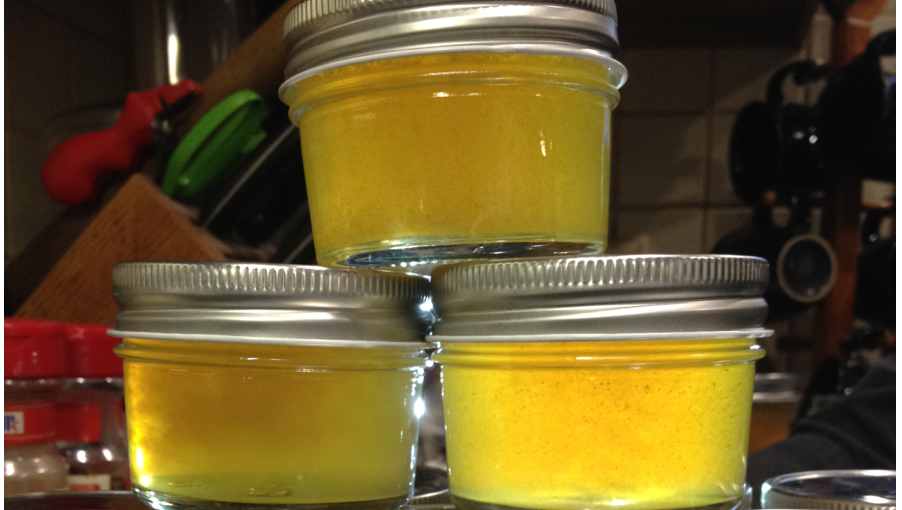My favorite thing about Juneberries, also know as shadberries, serviceberries, and saskatoon berries, is that they are the first wild berries in my area to ripen. I finally get to head out with my fruit gathering basket! The fact that they are tasty and versatile helps too.
Identification
Juneberries are large shrubs to small trees, ranging from 8 to 18 feet. They are seen in the wild from Pennsylvania north, across the northern great plains into Canada, and as far north as Alaska. They are the first trees to bloom in the New England countryside, a week or two earlier than the pin cherries, and ripen in late June or early July. An understory species, they will grow in full sun to partial shade. They thrive in a wide range of soil types, even tolerating wet areas, but not standing water. The ripe Juneberry fruit is about the size of a cranberry, and anywhere from red to dark purple, with several tiny soft seeds.


If you remember that Juneberry is a woody plant, there is only one toxic lookalike in the wild. Glossy buckthorn, like Juneberry, can grow either as a multi-stemmed shrub or as a small tree. It grows in a wide range of habitats, from wet to dry, full shade to sun. And it has black berries of a similar size and shape to Juneberries. However, glossy buckthorn bark has pairs of horizontal white lines, while Juneberry bark is usually a smooth dark grey. Glossy buckthorn berries start green, then turn yellow, then develop a red blush on the yellow base color, until finally turning black; it’s very common to see yellow, red and black berries in the same fruit cluster. Juneberries also start green, but then develop straight to red, before becoming a dark blue. Finally, the blossom ends are different: Juneberries retain some spiky bits that look like remaining flower petals, while buckthorn berries have a smooth blossom end with a tiny dot that you have to look very closely to see.

Uses
Juneberry’s flavor is mild and sweet. The fruit is best eaten fresh, but even after prolonged freezing it retains its firmness and overall shape without becoming mushy. The fruit was a mainstay in indigenous diets. The berries can be eaten raw, baked into pies or added to muffins, made into syrup and wine, or turned into jam and jelly.
Preparing
As always, wash the berries thoroughly when you get them home. They can be stored in the refrigerator for up to a week, or frozen if you’re not ready to deal with your harvest right away. The berries can also be dehydrated to munch on like raisins. If you decide to make jam with them, you can use the berries whole or chop them with a blender or food processor.
Juneberry Jam
- 4 cups of either crushed or pureed Juneberries
- 1/4 cup of water
- 2 cups sugar
- Juice and grated peel of half a lemon
- 1/3 cup of low-sugar pectin
Happy harvesting!



